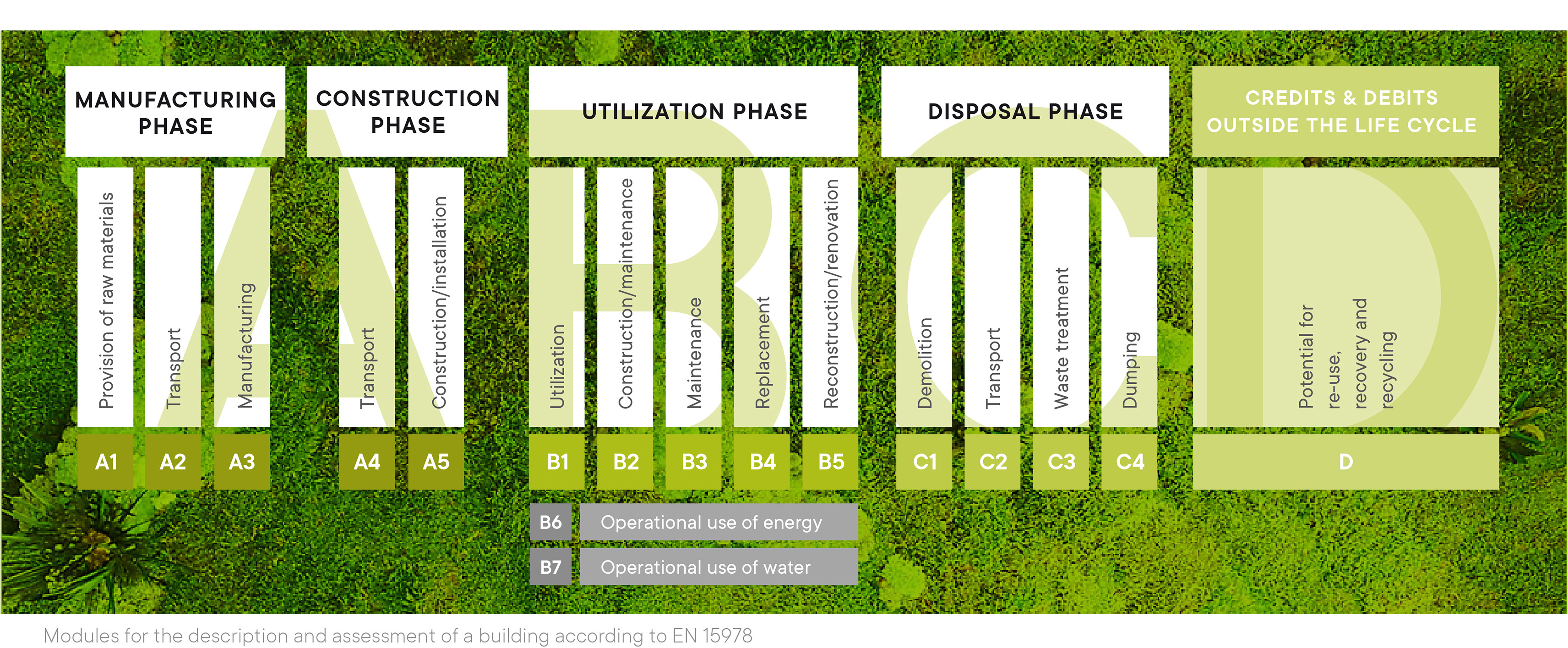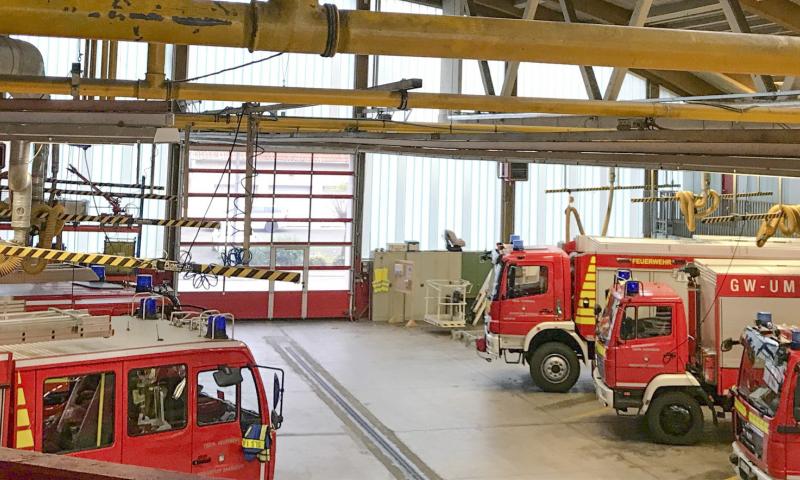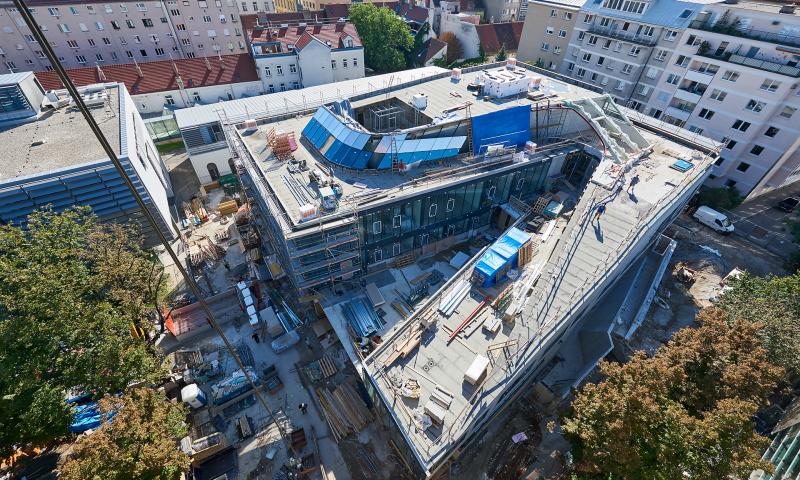Life Cycle
All sectors of the construction industry can profit from life-cycle analyses. In our company we concentrate the expertise from building construction and civil engineering underground as well as measurement & instrumentation to assess and optimize your project based on the requirements.

Building Construction
Life Cycle Analysis (LCA)
In building construction life-cycle analysis is a means for verifying how sustainable a building is. Such examinations are generally the basis for certifications and environmental subsidies. In connection with cost data and digital models these analyses also gain increasing importance in facility management. For these applications we can offer a full range of services from CO2 balance, the eco-index (OI3) up to comprehensive life-cycle analysis (LCA).
Life Cycle Costing (LCC)
By means of life-cycle analysis based on ÖNORM B1801 there is a prediction of the monetary expenditures for building construction, the subsequent operation (life-cycle costs) and the building demolition after the end of the service life of the building. In project processing the prediction model is adjusted to the current project and various model adaptations are performed to get the best possible image of building utilization (e.g., cleaning costs/interval, building services, waste disposal, safety concept, etc.). For this purpose, close cooperation with the subsequent user or the FM team is necessary already in an early project phase. Detailed comparisons of versions in the planning phases for individual elements or plant components in the field of building services enable the economic optimization of a project.
The prediction of the costs during a building life cycle in the planning phase is mainly based on predictions regarding price developments, consumption assumptions from building service design and values from literature regarding component lifespan. In order to evaluate the assumptions and predictions it is recommended to regularly check and update the price increase predictions, the energy consumption figures and the general building condition (interval 5-10 years). Based on these results optimizations, which positively affect the life-cycle costs, can be considered and decided during the utilization phase of the building.
Civil Engineering Underground
Also, in civil engineering these examinations, e.g., during planning in the scope of variant analyses with the objective of minimizing the carbon footprint, are performed and gain increasing importance in asset management.
Our experts support you in
- minimizing costs (=LCC)
- maximizing lifetimes (=LCA)
- maximizing the availability of infrastructure / minimizing non-availability (analyses of indirect LCC)
- maximizing sustainability (carbon footprint)
In life-cycle management (=LCM) these aspects are integrated into our optimization analyses. This can be pursued strictly monetarily or according to weighting of the top criteria. Thus, far-reaching building measures can be considered as a whole and elaborated according to the defined weighting of priorities in the course of optimization.
By means of our non-destructive structural analysis technology (BRIMOS® Structural Health Monitoring) we essentially contribute to sustainability in infrastructure assessment and recognize
- whether there is an actual imminent danger due to the damage symptoms (and a new building shall be aimed at)
- or an often unnecessary new building can be avoided, and safe and reliable further operation can be enabled alternatively by means of low-key maintenance planning of the facilities.
The technology has been successfully applied for 30 years in constant interplay between R & D and practical applications.
Sample Projects


